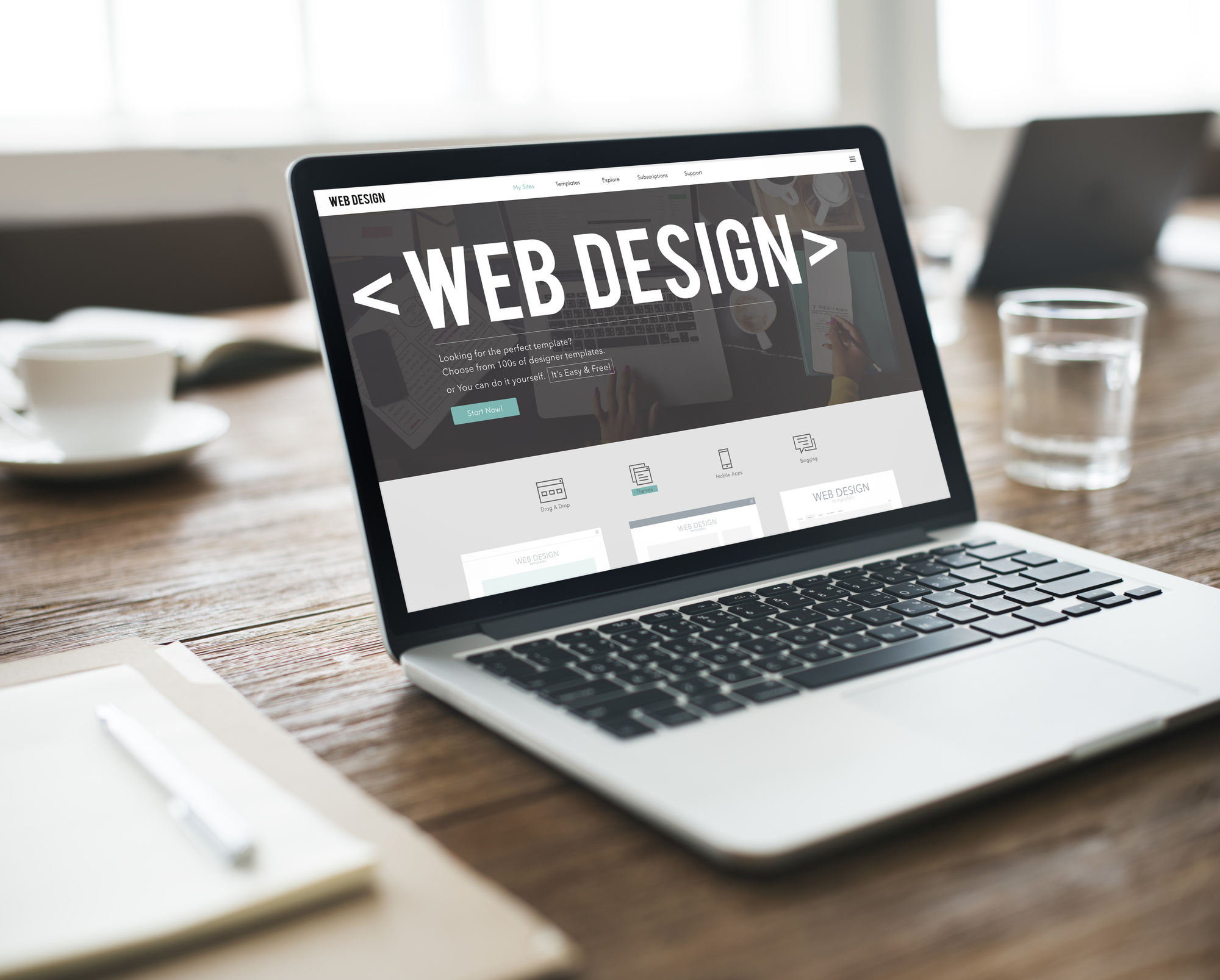As a business owner, you want your website to speak volumes. This is to send your site visitors straight to a yes. However, websites are not simply downloads, as it takes a lot of work to get them running in the first place.
The website design process is not a one-person job or of a one-day build. Integrating a website into your company design needs time and effort. The process can be a complex one, as well.
All in mind, here is all there is to know about the website design process that takes place during the build. Be sure to bookmark this to reference later on.
Defining Your Objectives for the Website Design Process
After you’ve reviewed your analytics and identified your objectives and target audience, it’s time to move on to the initial phase of the website design process: strategy. This will differentiate your creation from other types of websites.
During this phase, you and your team will collaborate to create a plan that will help you achieve your objectives. This plan will include everything from the overall look and feel of your website to the specific functionality that you need to include.
Research and Analysis
After you’ve determined the goals of your website and who your target audience is, it’s time to do some research and analysis. This step in the website design process involves understanding what your audience wants and needs from your site. The IT industry is always evolving, so this phase is crucial.
To do this, you’ll need to look at your competitors’ websites, analyze your target audience’s online behavior, and create personas for your ideal visitors. With this valuable information in hand, you can start to create a website that appeals to your audience and helps you achieve your business goals.
Developing the Site Content
The website design process can be broken down into a few key steps, and developing the site content is one of them. In practice, this step usually involves creating or collecting all the text, images, videos, and all other necessary content that will go on the website.
With the help of a web developer or designer, an isometric illustration can also be a content option. Once all of the content is ready, it can be added to the website so that visitors can see it.
Creating the User Interface and User Experience
Creating a custom website design is more than just making something that looks good. The process also involves creating a user interface and user experience that are easy to use and enjoyable.
This can be a challenge, but it is important to keep in mind that the goal is to make the experience for the user as great as possible. This includes the layout, color scheme, and overall look of the website.
Launching and Updating the Site
The website development process can seem daunting, but it doesn’t have to be. It is important to test the website before launching. Make sure everything works the way it should.
When it’s time to go live, the experience is unnerving. It will define how people appreciate your hard work for your website. That’s why it is important to monitor and update the site. Keep an eye on things and make changes as needed.
Achieving Your Goals
No two websites are the same, so it’s hard to say what the website design process looks like in practice. However, these are some common steps that most designers take when creating a website.
After reading this article, you should have a good understanding of the website design process and what it actually looks like in practice. If you’re interested in learning more about this topic, be sure to check out our course on web design.
If you want to know more, be sure to check out our other blog posts for information.

